The United Kingdom was the first country in the world to have an industrial revolution. Society changed from being predominantly rural and feudal into the industrial power house of the world, according to Roger Willey, Managing Director of ACS Physical Risk Control Ltd.

Unfortunately, our revolution occurred before the invention of the internal combustion engine and our developments were almost entirely steam driven, and steam boilers are notorious for heat loss. To make them more efficient they required to be insulated and the best and cheapest material at this time was, of course, asbestos. The UK built the largest and fastest ships in the world and built more ships than any other country. We also built the fastest steam locomotives and exported them across the globe.
It is not difficult to see why the UK, at this time, imported so much asbestos. The legacy is that we now have one of the highest incidences of asbestos-related diseases worldwide. As a result, most people in this country know that inhalation of airborne asbestos fibres can cause fatal lung diseases and have developed a respect for the material.
In some cases, however, the respect has become fear – driven in many cases by the populist press. How many times have you heard “asbestos is so dangerous that if you breath in one fibre then you will die”. This “single fibre theory” has undoubtedly caused great concern to many people and, in many cases, has led to considerable expenditure on asbestos remediation.
The questions are, of course, (a) is it true? And (b) if not, what is the real risk of exposure to airborne asbestos fibres?
What is the real risk of exposure to airborne asbestos fibres?
There can be no question that up to the end of the Second World War most asbestos use in the UK was in heavy engineering, as described above, and that was predominantly where deaths occurred.
Unfortunately, WWII changed that forever. Many of the UK’s major industrial cities were heavily bombed during the war and large numbers of buildings and homes destroyed. After the war there was a major building programme to rehouse tens of thousands of displaced people. This was at a time when the country was virtually bankrupt and conventional building materials such as stone, brick and wood were in very short supply. There was a large amount of asbestos left over from the war effort and, because of its remarkable properties, coupled with its relatively low cost, it proved to be ideal for the rapid and inexpensive construction of homes.
 Most people of a “certain age” will remember the post-war pre-fabricated houses – many of them still standing and still serviceable. Once introduced to the construction industry, asbestos usage spread to the vast number of applications we see today. To fuel this demand the importation of asbestos into the UK increased from just under 10,000 tonnes in 1930 to over 170,000 tonnes by 1950.
Most people of a “certain age” will remember the post-war pre-fabricated houses – many of them still standing and still serviceable. Once introduced to the construction industry, asbestos usage spread to the vast number of applications we see today. To fuel this demand the importation of asbestos into the UK increased from just under 10,000 tonnes in 1930 to over 170,000 tonnes by 1950.
All buildings constructed at tax payers’ expense must conform to the basic rule of “best quality and lowest price” – precisely the qualities of asbestos. The result was that most buildings constructed by local authorities, hospitals, clinics, schools, colleges, universities, MOD, etc, contained asbestos. Because of this, the majority of people in the UK have spent, and still spend, considerable time in buildings which contain asbestos products.
Professor Seaton’s early post-mortem studies at the University of Aberdeen indicated that more than 60% of people in the UK had asbestos fibres in their lungs at point of death and it was nothing to do with the cause of death. Post-mortem work in our large cities indicate a figure closer to 100%.
Affect on asbestos fibres to the lungs
Let us explore this.
There are currently some 60 million people in the UK. If only 60% of them have asbestos fibres in their lungs then some 36 million people in the UK have asbestos fibres in their lungs. If one fibre kills, then all of these people would die of asbestos related disease. It is well known that the average latent period (from over exposure to death) is in the region of 30 years. This would indicate a death rate of some 1.2 million asbestos related deaths per annum. Crude of course – but it does give us an indicative figure. Post mortem studies showed some 2,000 asbestos related deaths per annum in the UK in the final years of the 20th century.
We have lived in a scientific age for over 400 years. Theoreticians develop new ideas and make predications. Experimental scientists then test these predictions. If the prediction and the experiment do not agree then one of them must be wrong. That is the scientific way.
In the present case the experimental data comes from post-mortem studies and is very unlikely to be wrong. Therefore the theoretical predication must be wrong. How did we arrive at the prediction? By assuming that one single fibre will kill. Clearly there is no scientific justification for this “theory”.
As part of my job I regularly prepare Expert Witness Reports in asbestos related cases – over 500 to date. In October 2012, I was involved in a typical mesothelioma case. The person was-diagnosed with mesothelioma (medical opinion at this stage). He then passed away and post mortem tests confirmed mesothelioma (medical fact). A sample of biopsy material was sent for electron microscopy analysis and the number of asbestos fibres per milligram identified. By multiplying this figure by the average weight of a human lung we can obtain an estimate of the total lung loading. This calculation indicated some 102 million asbestos fibres in the lung. Further studies have confirmed such a lung loading to be typical in mesothelioma deaths.
A single fibre kills – I think not!
Clearly there must be some threshold between 1 fibre and 102 million fibres.
Roger is Managing Director of ACS Physical Risk Control Ltd and sits on the executive committee of UKATA. He has worked closely with the HSE for many years – both in Scotland via the SHAD scheme and nationally via the Asbestos Campaigns. Roger has acted as expert witness, joint expert and single joint expert in over 400 cases
This article was first published in 2015.

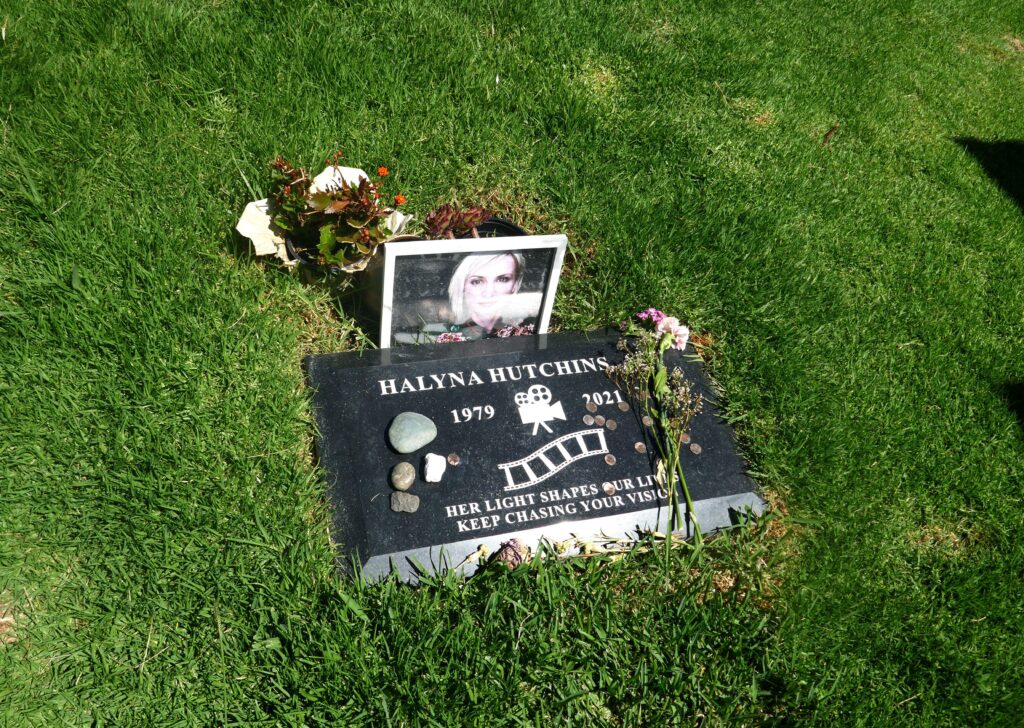






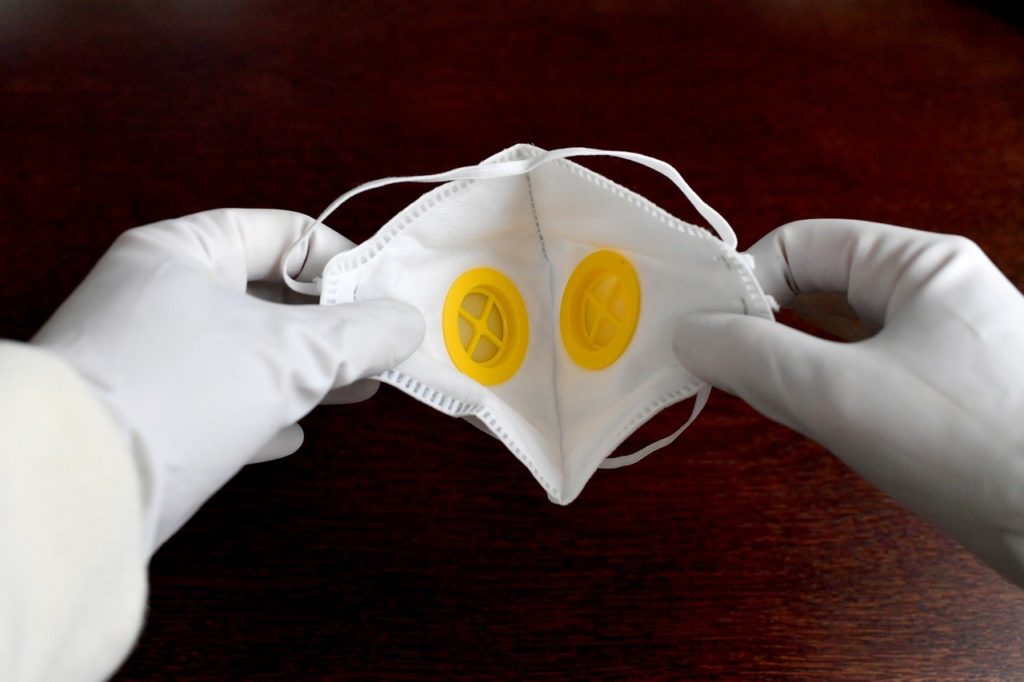
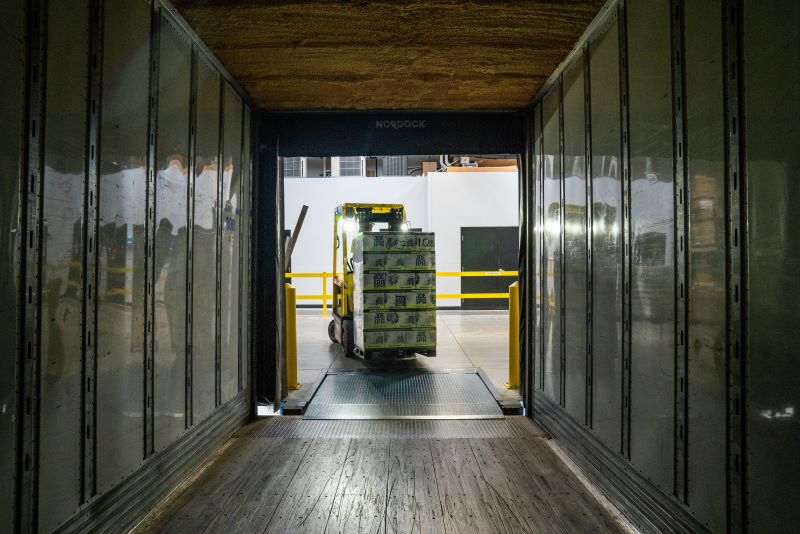
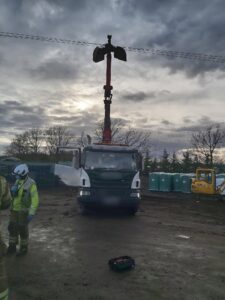

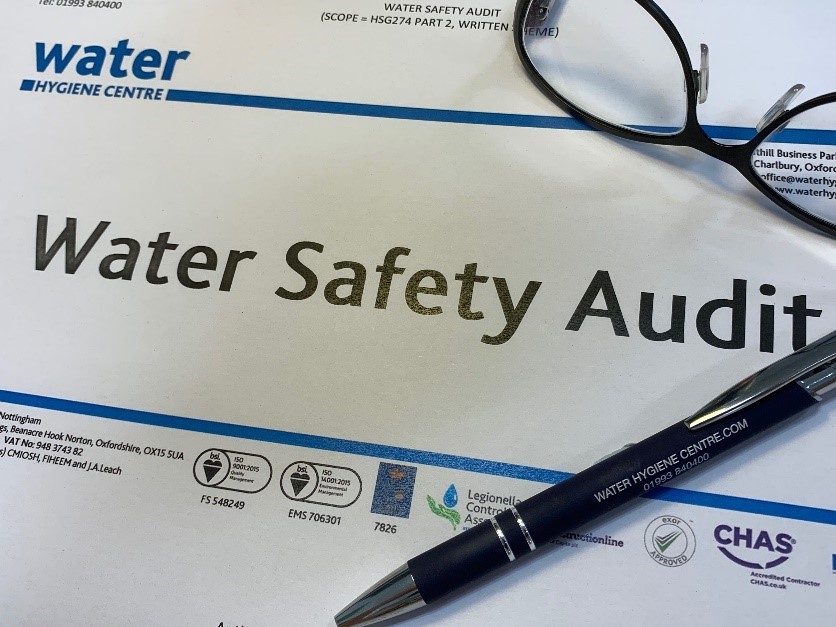
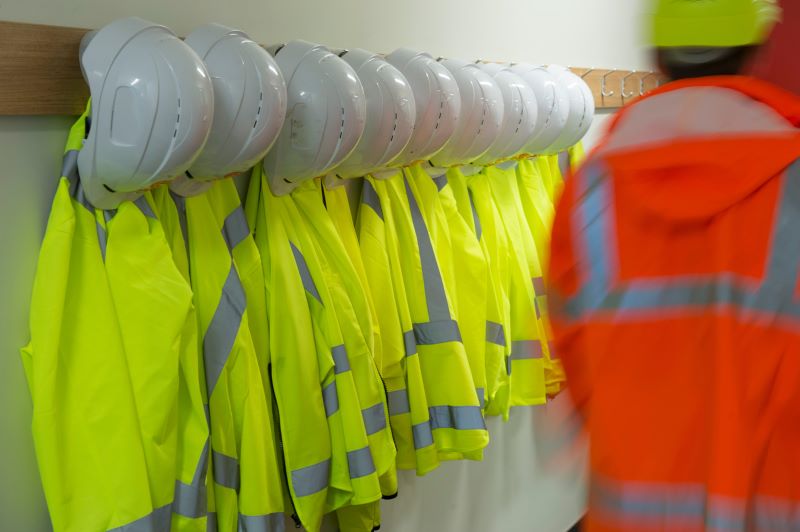









[…] Does one fibre really kill? Asbestos: real and perceived risk, part 1 – Roger is managing director of ACS Physical Risk Control Ltd and sits on the executive committee of UKATA. He has worked closely with the HSE for many years – both in Scotland via the SHAD scheme and nationally via the Asbestos Campaigns. Roger … […]
Hi Roger, can you send me the link to your next article on this subject? Thanks
Hi, can you please send me a link to the second part of this article please. I have recently been exposed to asbestos and am curious to read factual information, thanks
Please could you send me a link to the second part of this article. Thanks
Hi Roger. I can’t find part 2 of this article. Did you ever write it? Thanks.
Well, that’s put my mind at ease. I recently took shelter from rain and high winds in a disused building. After a while I felt something at the back of my throat – rough and bitter. On leaving I looked up and saw the filaments in the air (the sun made them shimmer). I’ve been constantly worried since. But this has put things into perspective.
Tell the asbestos-fiber-story. Tell the tale. Tell the fairy tale. Tell the facts. People were NOT warned, while the knowledge was there, to the companies. Not told to the workers. They die over decades – Not 3 but up to 7 decades (so, not only 30 but up to…70 years) after the last exposure. UK being nr. 1 – The Netherlands nr.2 wuith victims. Proud ? NO !! I did listen to lots of exposed people. They told THEIR tale. Not being a fairy tale at all. Before their last words were spoken due to a lack of possibility to… Read more »